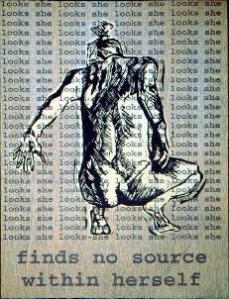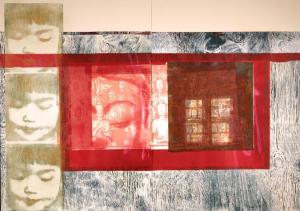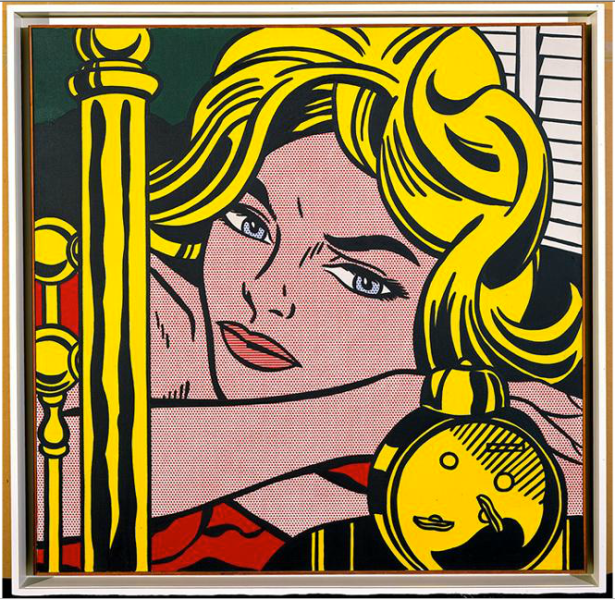Yesterday, we gave our final presentations, including our maquette, poster, programs, works, and descriptions. I will not lie. This presentation caused me a lot of anxiety, and I am not usually one who gets nervous giving presentations. All semester I have really struggled with what to do or say in this class, especially on my blogs. I am not sure what is too much to say or to little, and I felt a similar scare in my presentation. In the end, I think my presentation went fairly well. I felt confident in the final works that I chose and how they connected with one another. I ended up doing a virtual installation, which I thought was appropriate for my exhibition. I used a program called Art Steps.
http://gstarling.artsteps.com/pages/exhibitions.aspx
Some of the comments that I received:
Nell Ruby
- Point of view in space and in works
- Work with space and length, form of waiting
- Interacting with space
Katherine Smith
- Push space
- develop and enhance
- great works
- pairs of figures/singular figure
- suggestion: make sure giving context for artists, speak to audience who doesn’t know, more about the artist
Donna Sadler
- Motion-doveting, deliverance
- Manet we become perspective client
- Make us the receiving end
- Road in Sherman, invited to follow road
- Degas-contrasts interesting in waiting
- Sentence with period at the end.







